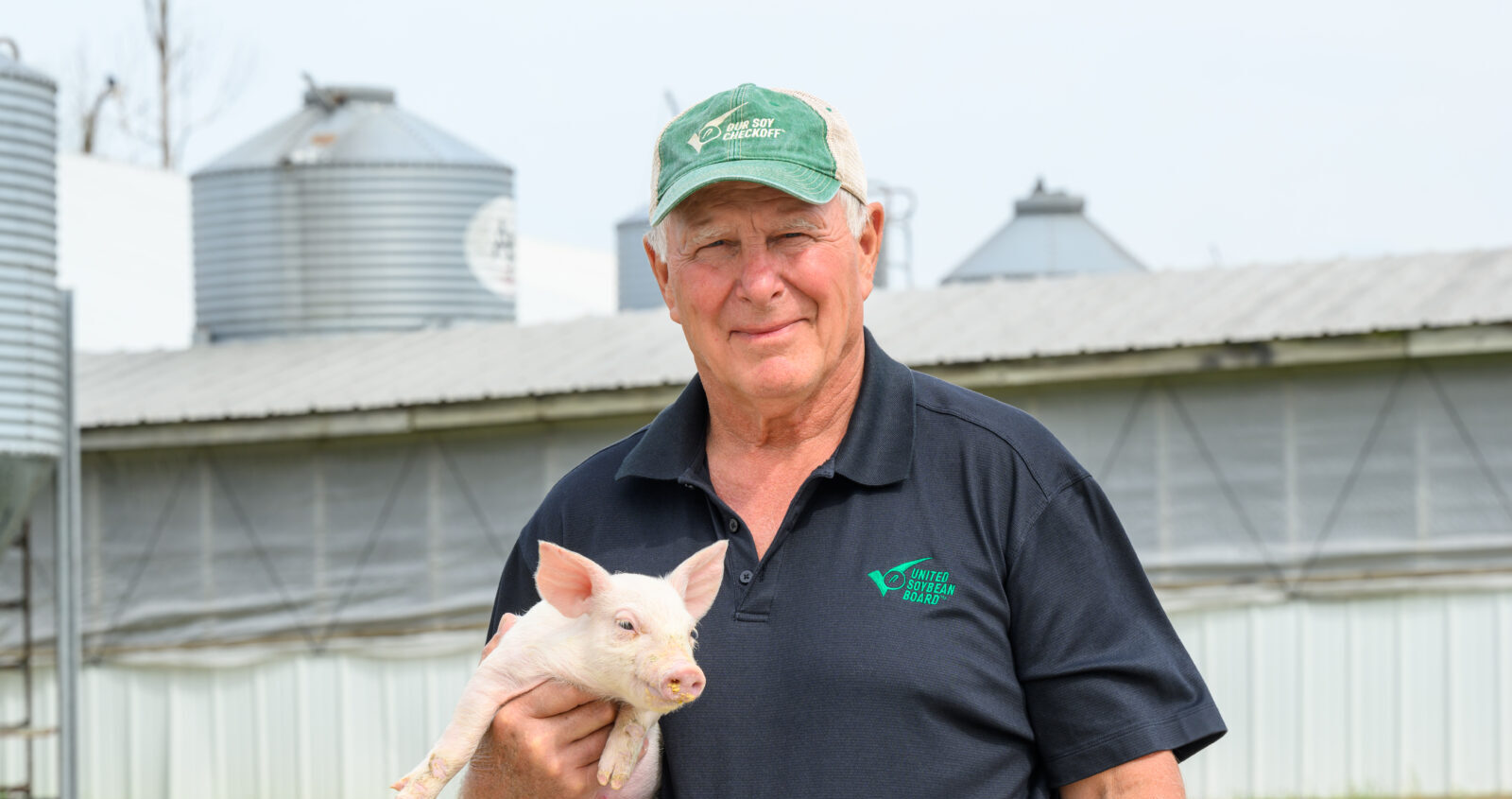The Ground Work series shares the perspectives of U.S. soybean farmers as they observe how the U.S. Soy industry lays the groundwork to grow innovative, reliable and sustainable solutions for people and communities around the world.
I eat a meat-and-potatoes diet.
That’s not surprising for a farmer like me, who raises soybeans, corn and pigs. I currently farm with my son James and his family near Flat Rock, Indiana, about 45 miles or 72 kilometers from Indianapolis, in the U.S. Midwest.
But that type of diet is also shared by many of the few hundred chefs that gathered at The Culinary Institute of America in Napa, California, last month for the Global Plant-Forward Culinary Summit.
These head chefs from restaurants and institutional kitchens around the U.S. are passionate about food and flavors. Their menus typically center on animal protein, especially those who have more industry and life experience.
They attended this summit, however, to learn about ways to move vegetables and other plant-based dishes to the center of the plate, while using meat as more of a flavoring or condiment. Incorporating more plant-based foods doesn’t mean giving up meat, but it does aim to add more plants into a diet through nutritious trades.
I attended this summit to represent U.S. Soy and help those chefs better understand how farmers sustainably raise the ingredients they use.
For example, I raise high oleic soybeans. These soybeans have a low saturated fat profile. The oil crushed from these soybeans has nutritional characteristics more like olive oil than conventional soybean oil. Plus, its improved shelf life and other properties make it ideal for food service. Throughout the summit, the demonstrations used high oleic soybean oil.
As the culinary experts learned about creative ways to use flavors, seasonings and vegetables together to become the feature of a meal, I learned about the challenges of running a high-quality, efficient kitchen. My respect for those at the preparation end of the food industry grew immensely.
I also tried a variety of the plant-forward foods offered. My favorite was the oat-based soft-serve ice cream!
At a post-summit workshop, another U.S. Soy farmer and I joined a small group of chefs to connect and put what we had learned into practice. I served as an assistant to Chef Kelly Rapp of Bon Appetit at Savannah College of Art and Design in Savannah, Georgia chef from Savannah. Our dish featured asparagus spears flavored with bacon grease and crumbles.
While this experience likely won’t change my diet, or my choice of restaurant when I go out to dinner — I lean towards a steak house, while my wife often chooses Olive Garden — I will more deeply appreciate the work that goes into making those meals. I am glad that we have many food choices and that soybeans are among them.
The trend toward plant-forward meals that complement diets with meat and other animal proteins has been growing slowly for years, and that likely will continue.
U.S. Soy provides many solutions to support that trend, from soy foods and protein to the high oleic soybean oil used during the summit. And U.S. Soy will continue to nourish the animals, like my pigs, that provide meat, eggs, fish and more, regardless of the role it plays on a plate.



